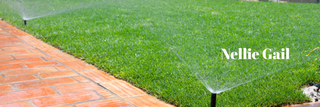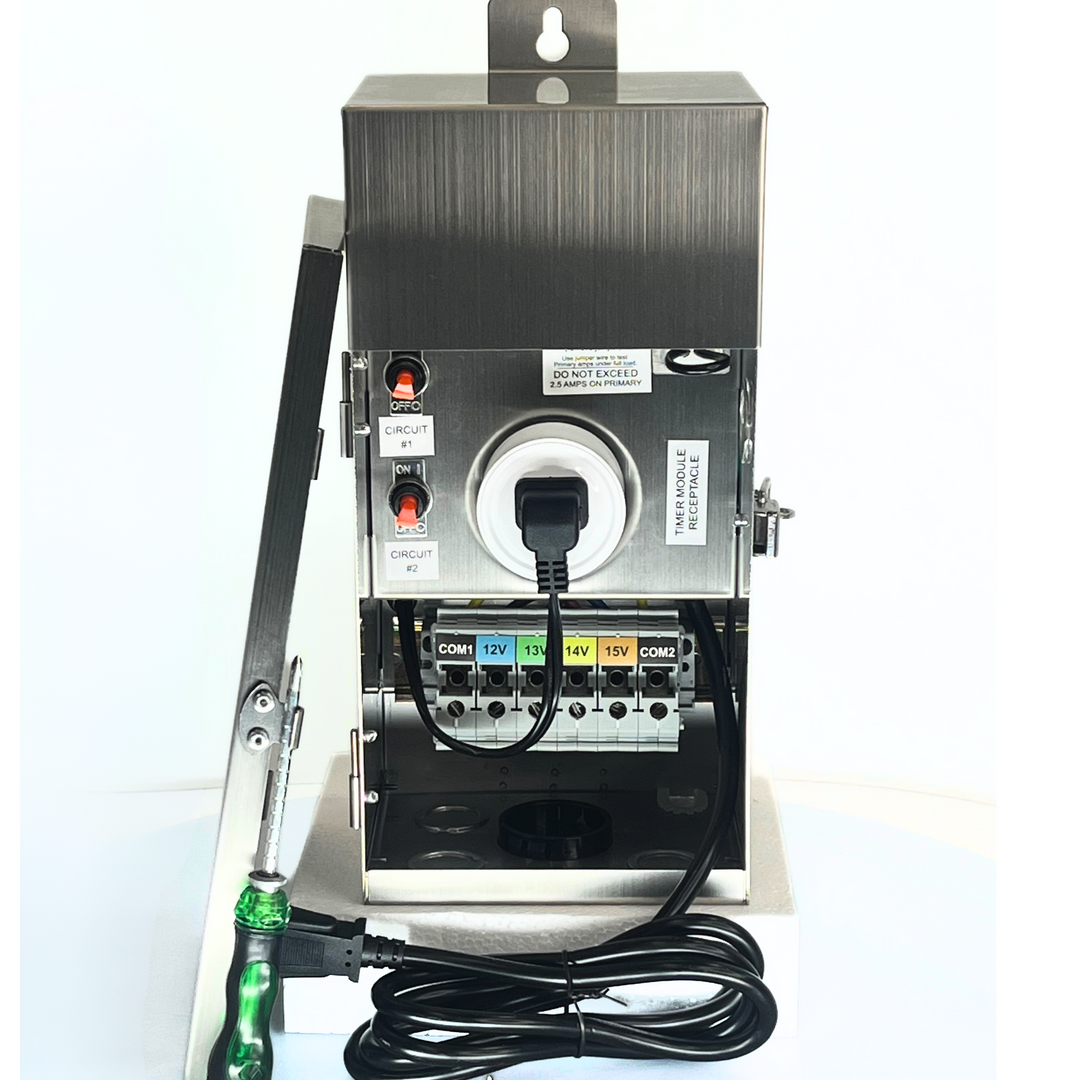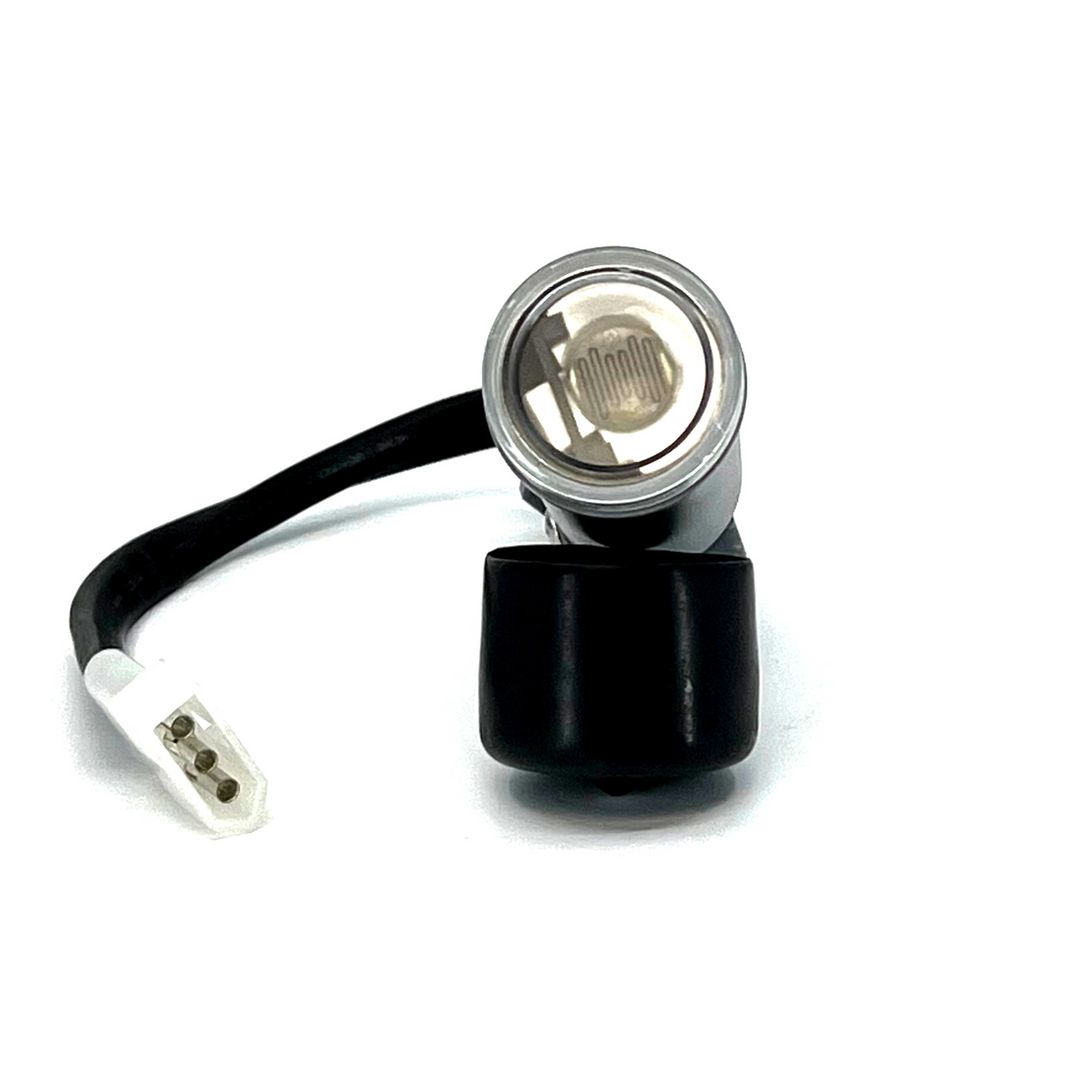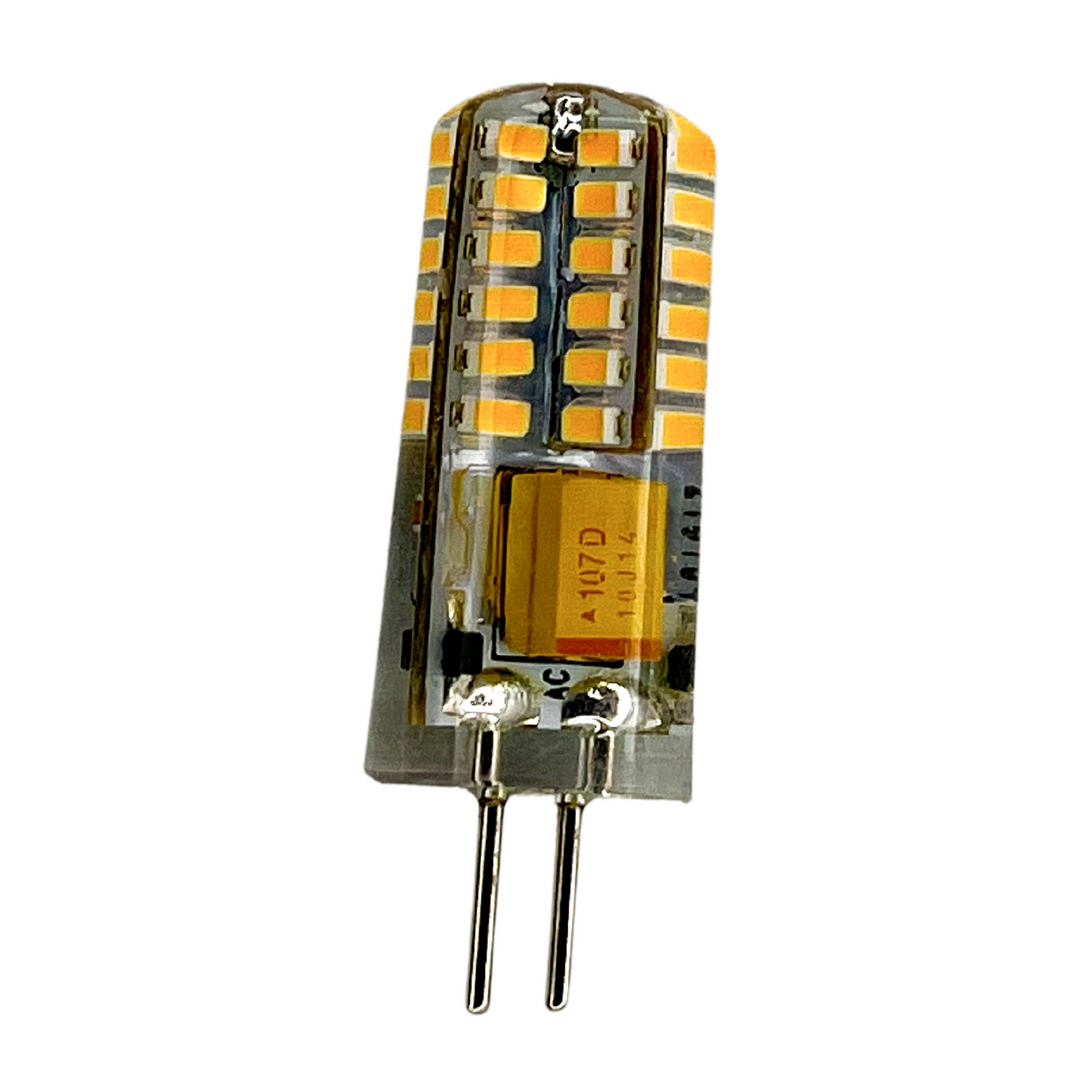
How to Choose the Right Lawn Irrigation PVC Fittings
|
|
Time to read 5 min
Whether we're talking about irrigation plumbing or life itself, getting from point A to point B is rarely a straightforward endeavor. There are plenty of twists and turns along the way, necessitating flexibility and ingenuity in order to achieve our desired goal. This article will explore PVC pipe fittings, their various types, what they do in irrigation systems, and how you can pick the right one for your project needs.
What Is a Pipe Fitting?
Pipe fittings are components designed to connect, control, and change the direction of water flow in a network of pipes. Sometimes referred to as connectors or couples, they act as an intermediary between sections while allowing for changes in direction, branching, and installation of additional pieces.
Types of Pipe Fittings
Manufacturers design pipe fittings in all sorts of shapes and sizes to cater to the various types of connections that a system may require. Some create simple and straightforward end-to-end unions, while others consist of multiple outlets and valves. Here are a few examples:
Elbow Joints
Elbow joints are one of the most useful and practical pipe-fitting pieces out there.
They are most commonly used to connect two pipes at a 90-degree angle, with the ability to rotate the joint in either direction. This makes them ideal for situations where you need to make an angled connection while still having some mobility and flexibility.
Tee Joints
Tee joints, or "tees," are used to join three pipes together at a 90-degree angle, allowing for multiple flows and directions within a single system. The tee joint is especially convenient for situations where two pipelines need to intersect, such as those found in irrigation systems. They can also be used in gas lines and other plumbing applications.
Couplings
Couplings join two sections of the same diameter pipe together in a straight direction. They ensure a smooth transition from one piece to the next and have the capacity to greatly impact an entire system's integrity.
Unions
Unions are designed to join two or more pipes with different diameters together. Unlike couplings, they create a seal by using a threaded connection on either side of the union, which makes them ideal for applications where multiple sections need to be connected at once.
Flanges
Flanges are used to connect pipes or sections of pipe at a 45- or 90-degree angle. They are commonly used to connect two sections of piping that have different diameters and can provide increased stability in applications where the pipes may need to be moved or adjusted frequently.
Where are Pipe Fittings Used?
In a broad sense, pipe fittings are intended for use in any application involving pipes. This can range from plumbing and construction to industrial contexts such as wastewater treatment and chemical manufacturing. Irrigation systems, which work via underground networks of pipes, have a lot of reliance on pipe fittings. Their connections keep water inside networks to ensure it reaches its intended destination at all times.
Without pipe fittings, water, fertilizers, and other necessary liquids would leak out of networks entirely, leading to a waste of resources and money. Pipe fittings are also invaluable for their flexibility - tough turns in any pipe can be mitigated with the use of a fitting that is custom-shaped to allow liquid through with ease.
How are Pipe Fittings Installed?
Pipe fittings can be adjoined in different ways, although the most common methods involve threading or welding. Threaded connections fit together like screws, with a male and female end that can be tightened with a wrench. This simple seal is ideal for projects that require quick assembly or connections that may need to be changed further down the line.
Welding is done by heating up the ends of two pipes and connecting them together with a welding rod. This method is ideal for permanent connections that require a strong, reliable seal, but takes longer than threaded fittings to assemble due to the need for special equipment and a certain level of skill.
Both options have their advantages and disadvantages in different applications, while there are also additional safeguards that can be added to ensure the effectiveness of either.
Get Acquainted With Common Pipe Fitting Materials
Pipe fittings are commonly made out of iron, brass, stainless steel, and Polyvinyl Chloride (PVC). Each of these materials has its own benefits to bring to the table - along with drawbacks - that must be considered prior to settling on a final fitting. Read below as we go through their defining factors in detail.
Iron
Iron is often the most cost-effective of all materials, making it a popular choice for everything from residential plumbing to irrigation systems. It's also incredibly strong and durable, able to withstand corrosive elements in varying degrees depending on its coating.
Brass
Brass is a non-magnetic material with a strong tolerance to high temperatures. This makes them ideal for home hot water systems where higher temperatures are needed.
Stainless Steel
Stainless steel is an incredibly versatile metal with many uses in the fitting world - its strength allows it to hold up well against pressure and temperature fluctuations without corroding or rusting over time.
Polyvinyl Chloride (PVC)
Polyvinyl Chloride, or PVC for short, is a classification of polymer material known for its great strength and rust-free properties. Thermoplastics like PVC can be melted and recast multiple times over and are therefore very cost-effective to create, mold, and produce.
What Makes a Good PVC Pipe Fitting?
Natural durability and anti-corrosive properties make PVC a worthy contender amongst pipe-fitting materials. But they're only the first ingredients of what makes a connection piece great.
Beyond them, a quality product ought to check off a few extra boxes:
Reliable Manufacturing
The fittings should be crafted from high-quality materials that meet the standards of quality and safety. If you're buying online, look for certifications such as UL or ASTM to make sure the product you receive is up to code.
Proper Sizing
Pipe fittings come in a range of sizes, with 13mm, 19mm, and 25mm being the most popular. They are also manufactured in different thicknesses - while ½” thick (12.7mm) options may be cheaper in some cases, PVC pipes that are at least ¾” thick (19.05mm) work best for any type of irrigation project.
Comprehensive Warranty
Thorough warranties are a sure-fire sign that the manufacturer stands behind their product. Many PVC Fittings come with an extended warranty of up to five years, which is an ample amount of time for you to test out the connection pieces and make sure they are up to standards.
Looking for a company that offers cost-effective products without sacrificing quality or durability? You've found it in Top Notch Co. Our online depot is the internet's top destination for landscaping solutions of all kinds. From pipe fittings to sensors and more, we've got everything under one roof. Begin shopping today!











